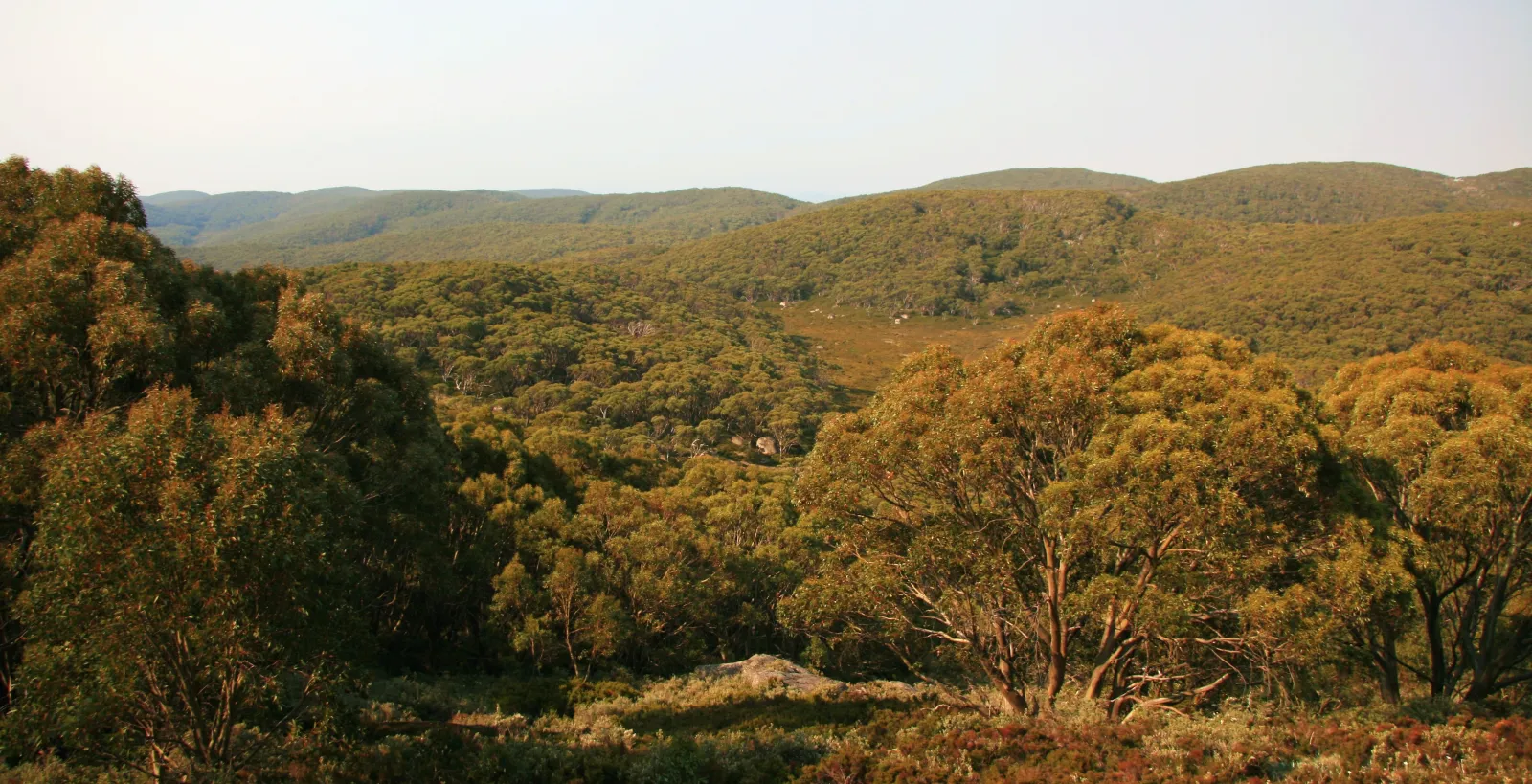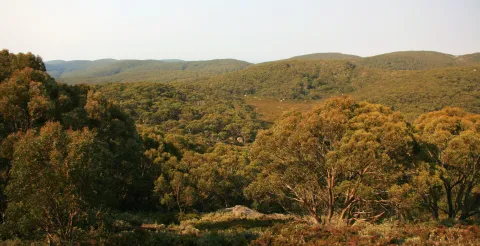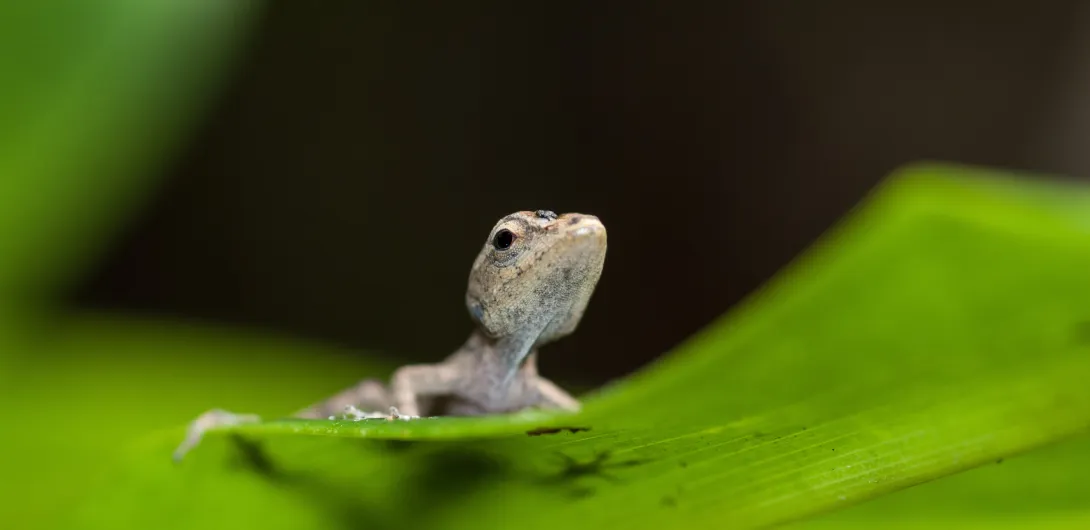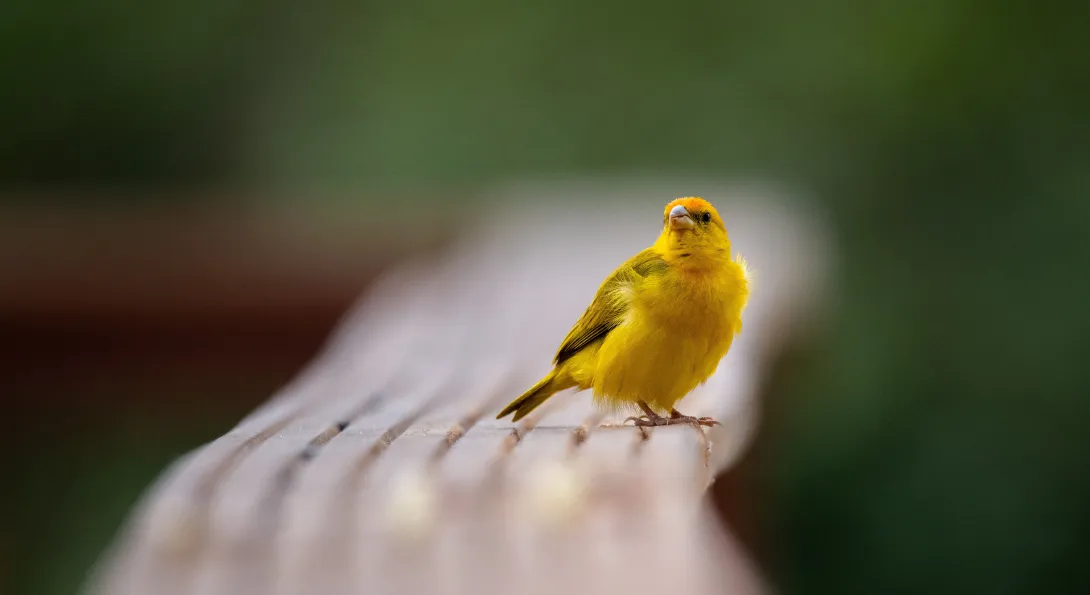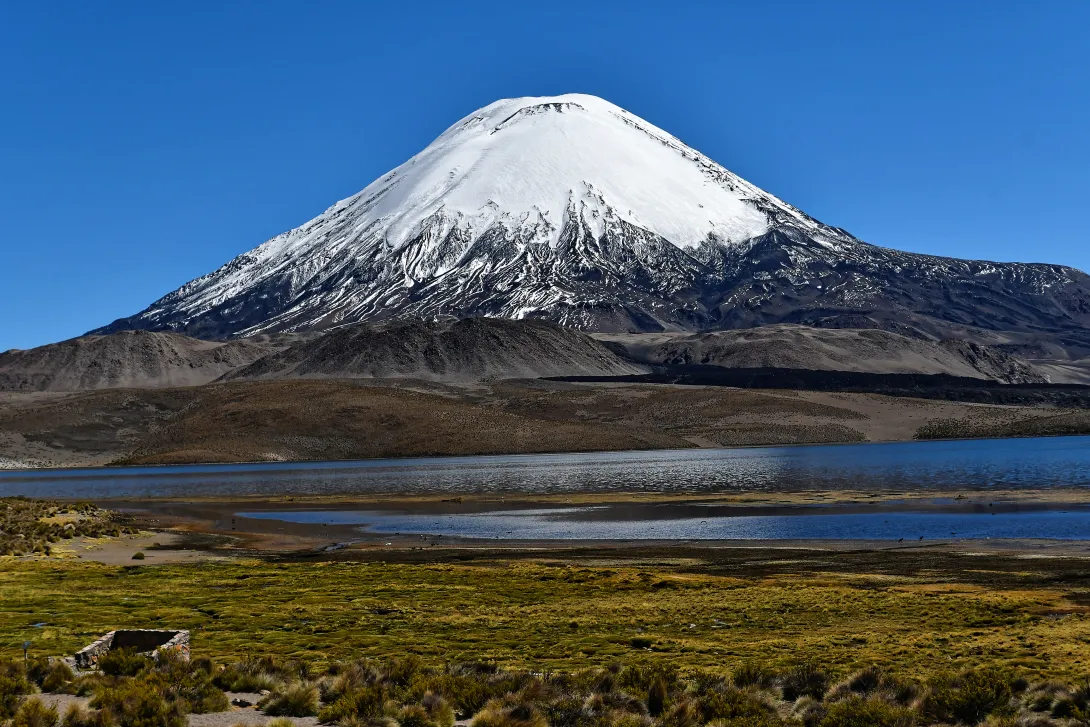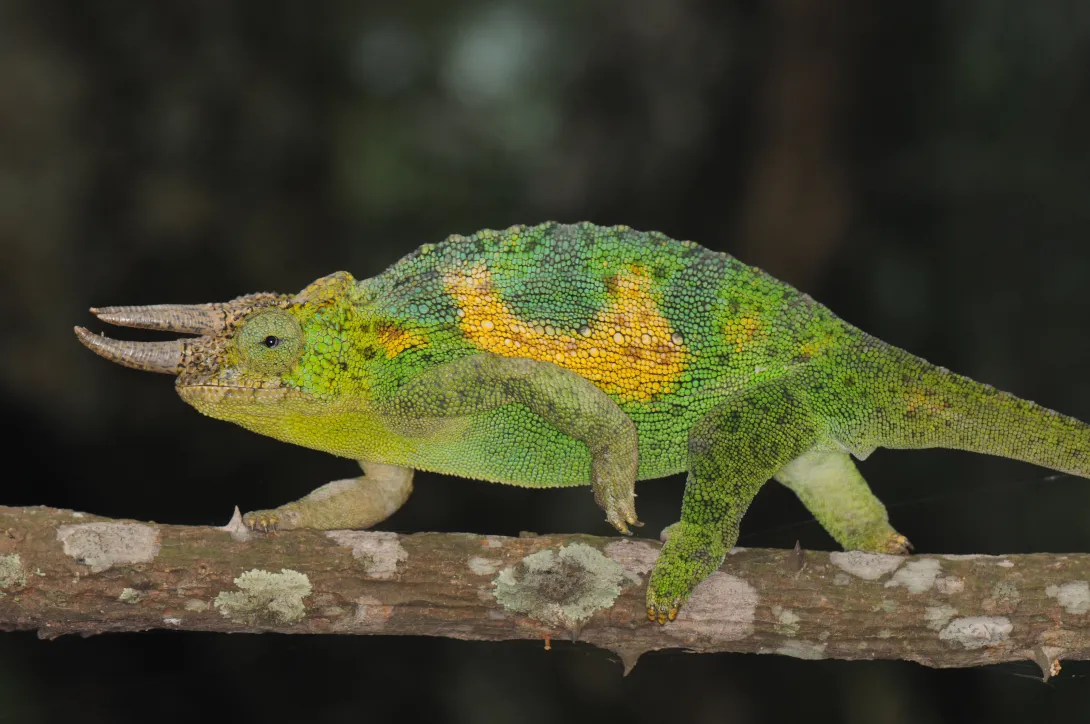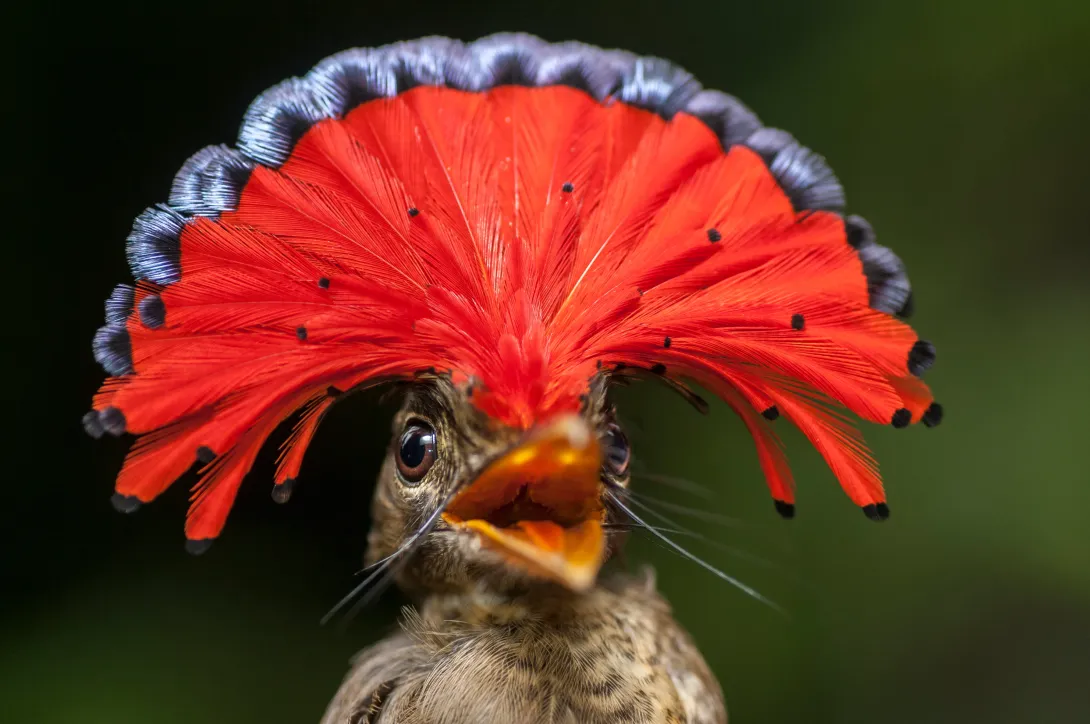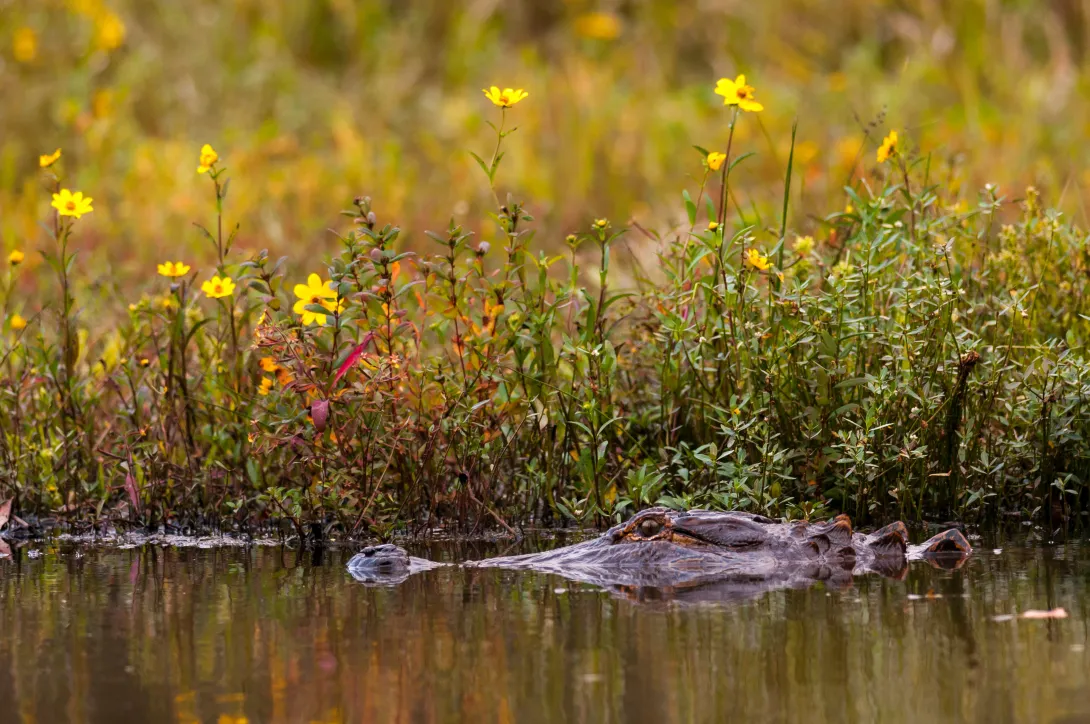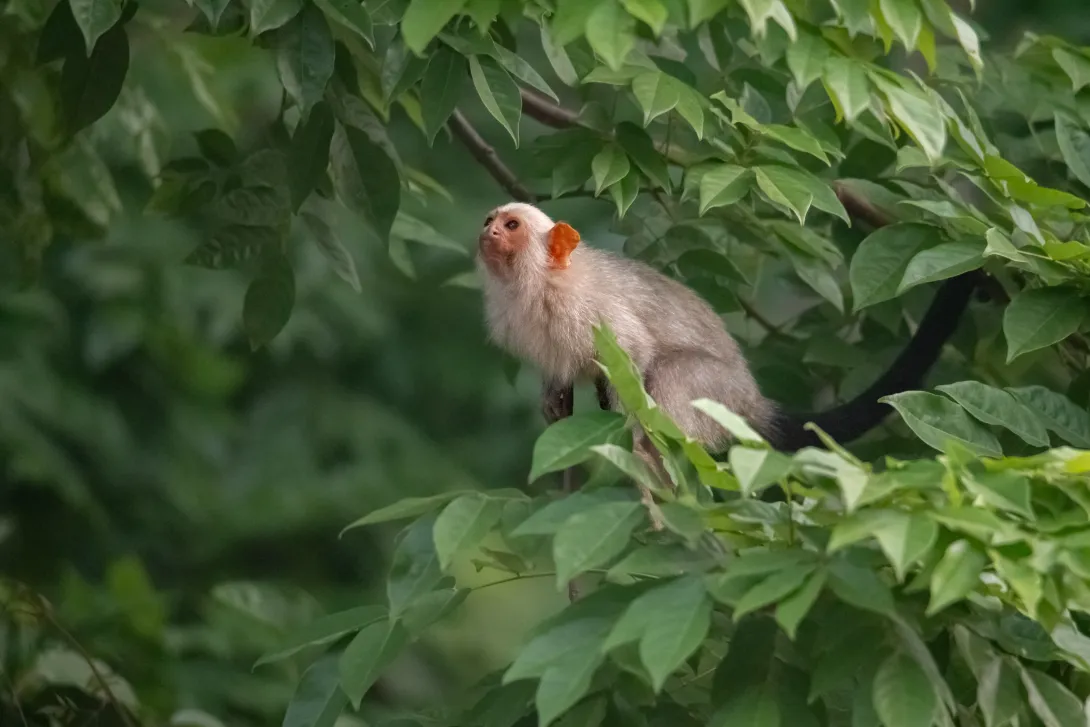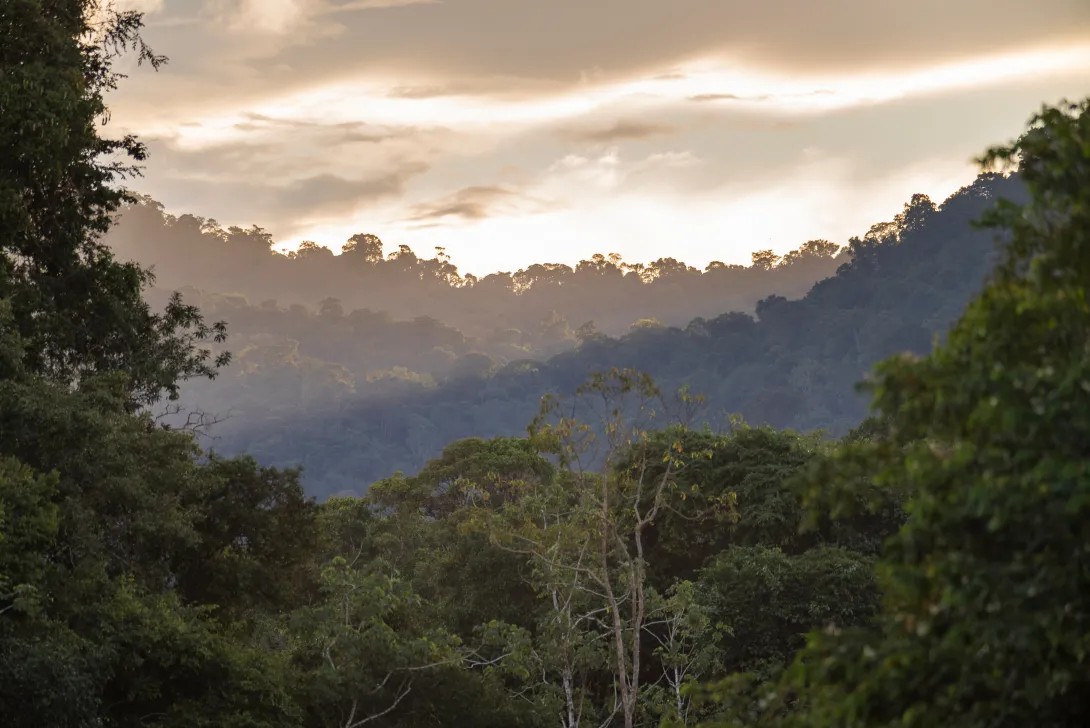Guiding conservation to the right places
Identifying and proposing KBAs is a highly inclusive, nationally driven process. This is how it works:
- Anyone possessing relevant scientific data can propose a site, with consultation from national stakeholders including governmental and non-governmental organisations.
- KBA National Coordination Groups are established. These groups are essential to coordinate national level assessments and subsequent monitoring of sites.
- Expert working groups collect and analyse relevant data, confirm qualifying species and site boundaries.
- Assessed sites undergo consultation with key stakeholders, especially with the government and local and Indigenous communities.
- Once all the information is collated, sites are proposed through the World Database of KBAs.
- Independent scientific review is conducted by the Regional Focal Points.
- Confirmed KBAs are published in the World Database of KBAs (WDKBA) and on the KBA website, and made accessible to a wide range of users: governments, private sector companies, philanthropists, financing institutions, and the conservation and research community.
